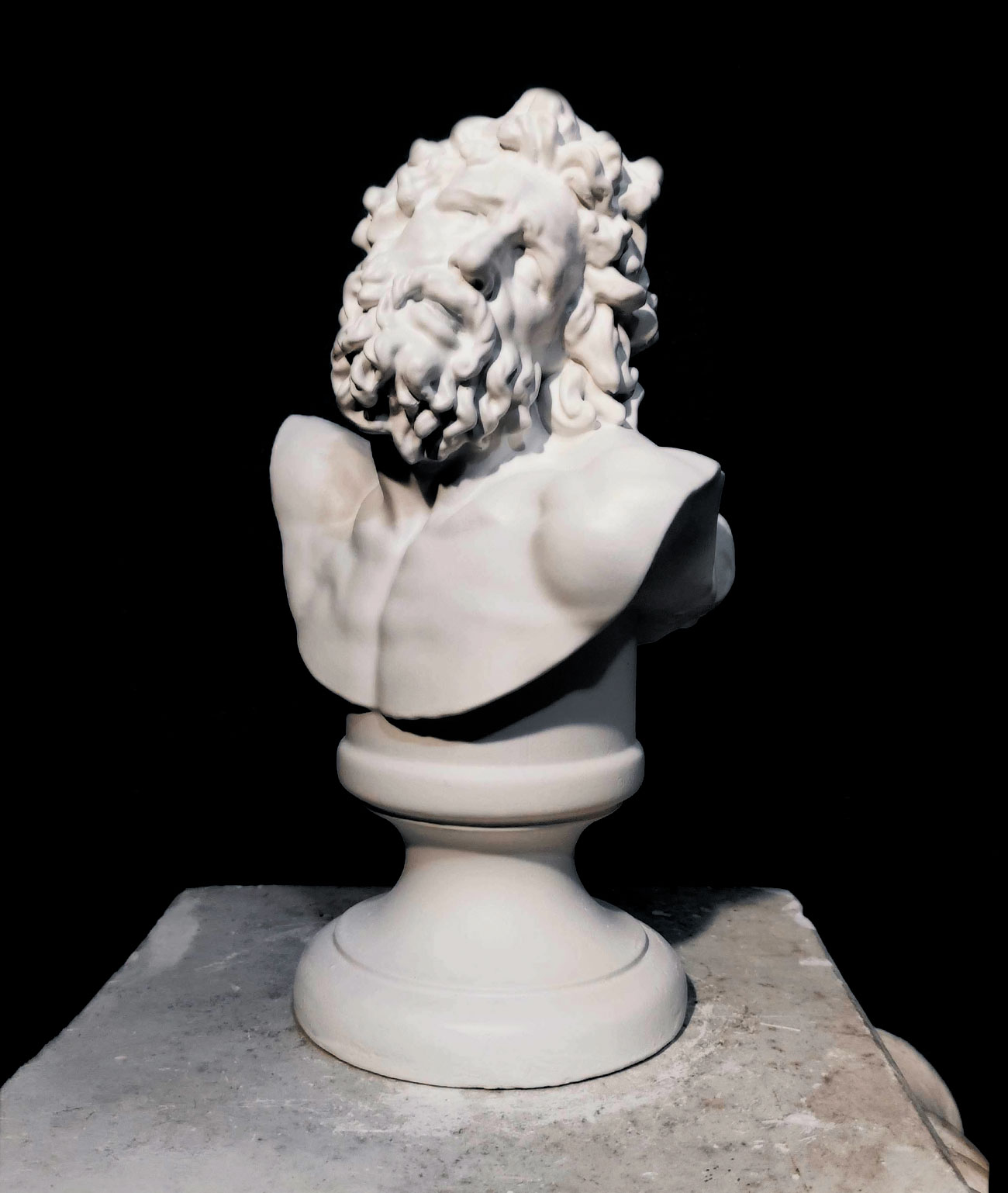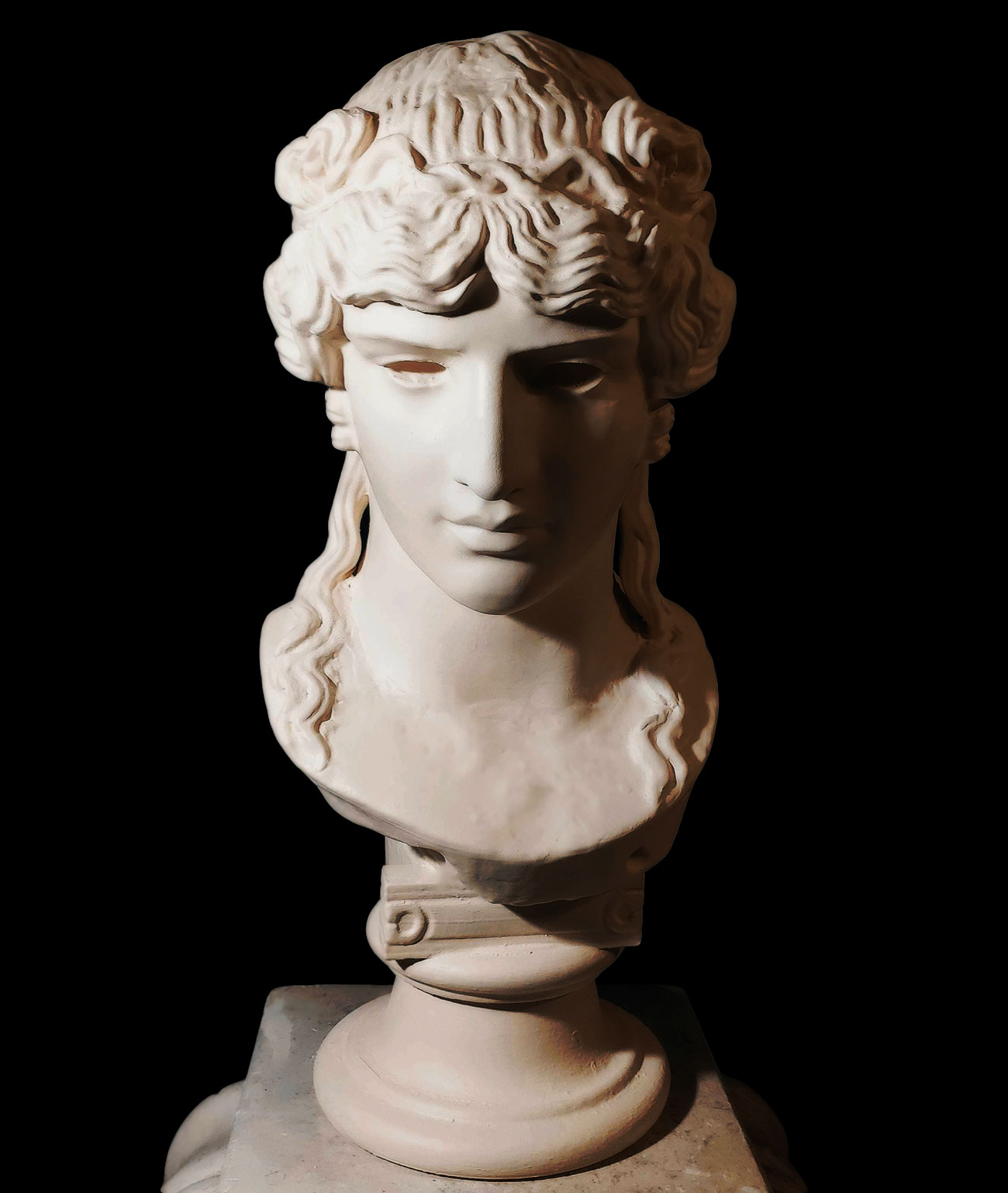Antinous Farnese.
€79,95 – €210,00 (Inc. Tax)
The Antinous Farnese is a marble sculptural representation of Antinous that was sculpted between 130 and 137 CE. Antinous was the lover to Roman Emperor Hadrian; the emperor who, after Antinous’s death, perpetuated the image of Antinous as a Roman god within the Roman empire.This sculpture is a part of the Roman Imperial style and was sculpted during a revival of Greek culture, initiated by Hadrian’s philhellenism. Its found spot and provenance are unknown, but this sculpture is currently a part of the Farnese Collection in the Naples National Archaeological Museum
SKU
N/A
Category Greek and Roman art
---------- Compartir producto ----------








